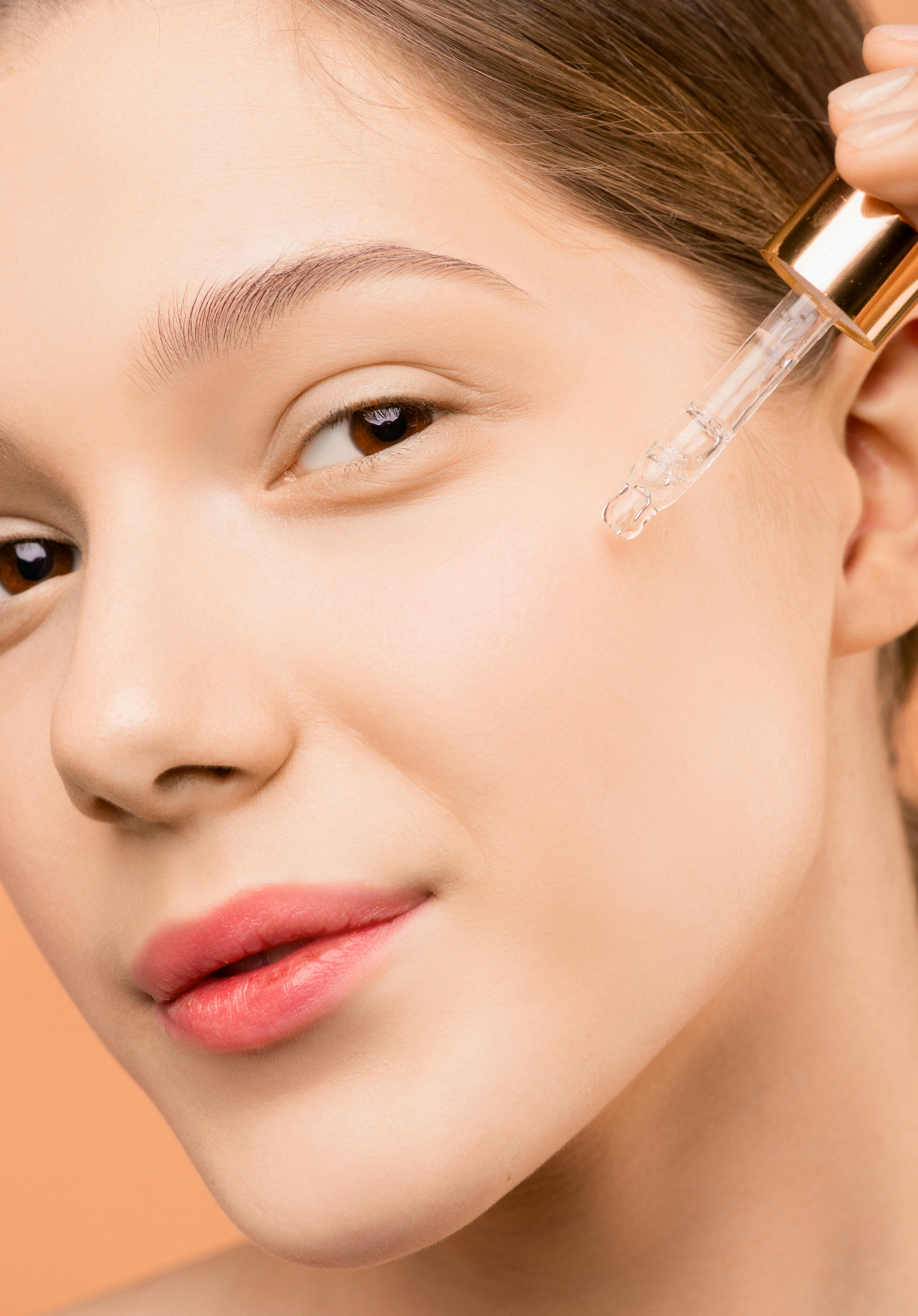Label Literacy: What Certifications and Claims Really Mean
Product labels combine marketing, regulation, and science. This article helps decode common certifications and claims on skincare and cosmetics so you can make informed choices about ingredients, formulation, packaging, and suitability for your routine.

Product labels mix regulatory terms, marketing shorthand, and scientific language in ways that can confuse shoppers. Learning to read certifications and claims helps you assess whether a product suits your skincare goals—hydration, exfoliation, sun protection—or sensitivities, and whether it aligns with sustainability or ethical priorities.
This article is for informational purposes only and should not be considered medical advice. Please consult a qualified healthcare professional for personalized guidance and treatment.
Skincare ingredients: what labels reveal
Understanding the ingredients list is the first step in label literacy. Ingredients are usually listed by INCI names in descending order of concentration; actives such as retinol, vitamin C, or niacinamide may appear lower on the list if present at low levels. Preservatives and emulsifiers tell you about formulation stability, while humectants and emollients indicate hydration and barrier support. If you track sensitivity, scan for common irritants like high concentrations of fragrances or certain alcohols. Knowing a few ingredient families helps you interpret claims without relying solely on buzzwords.
Formulation and routine: how claims affect use
Claims about formulation—fast-absorbing, non-comedogenic, or pH-balanced—relate to how a product interacts with your routine. Layering order matters: lighter serums typically precede heavier creams, and sunscreen must be the final daytime barrier. Exfoliation claims (chemical or physical) require attention to frequency and concentration to avoid overuse. When products promise antioxidants or hydration, check how they’re formulated to deliver those benefits over time. Matching claims to your routine helps you avoid conflicting actives and supports consistent results.
Sustainability and packaging claims
Sustainability-related labels cover material choices, sourcing, and end-of-life disposal. Terms like recyclable, refillable, or recycled content describe packaging, while certifications or partner logos may attest to responsible sourcing. Beware of vague green language; look for concrete indicators such as percentage recycled content or third-party certification. Packaging design can also affect product stability—airless pumps may better protect antioxidant formulations—so sustainability and formulation considerations sometimes intersect.
Fragrance and sensitivity: decoding scent claims
Fragrance-free and unscented are distinct: unscented products may contain masking fragrances, whereas fragrance-free aims to omit added scent compounds. Essential oils contribute pleasant fragrance but can provoke sensitivity in some users. If you have reactive skin, prioritize products labeled fragrance-free and check for known allergens in the ingredients list. Companies sometimes highlight hypoallergenic claims; these are not regulated uniformly, so corroborate with the ingredient list and, when possible, patch-test new cosmetics before integrating them fully into your routine.
Antioxidants, exfoliation, hydration, sunscreen: what functions mean
Claims about antioxidants, exfoliation, hydration, and sunscreen reflect different mechanisms. Antioxidants like vitamin C or E aim to neutralize free radicals but require appropriate formulation to remain stable and bioavailable. Exfoliation ranges from AHAs/BHAs to enzymes; effective concentration and pH determine performance and irritation risk. Hydration claims may signal humectants (glycerin, hyaluronic acid), occlusives (shea butter), or emollients; each performs a different role. Sunscreen labels include SPF and broad-spectrum notation; check the active ingredients and application guidance to meet expected protection.
Vegan and crueltyfree: what certifications indicate
Vegan and crueltyfree logos address different concerns. Vegan indicates no animal-derived ingredients, while crueltyfree focuses on animal testing practices. Third-party programs and trademarks—when present—offer more verifiable assurance than self-declared badges, but standards vary by certifier. Note that crueltyfree certification typically doesn’t guarantee vegan ingredients or sustainability in sourcing or packaging, so use a combination of labels and ingredient checks to form a complete picture.
Products vary in formulation, concentration, and intended use; certifications and claims are tools to guide choices, not guarantees. Reading ingredient lists, understanding how a product fits into your routine, and checking for recognized third-party certifications improves the odds of finding cosmetics that meet your goals for hydration, exfoliation, sunscreen protection, or ethical preferences. Stay curious and prioritize verifiable details over marketing language.
Label literacy helps you make clearer decisions about products and providers in your area, whether you prioritize sensitivity-friendly formulations, specific active ingredients, or sustainability in packaging and sourcing.





